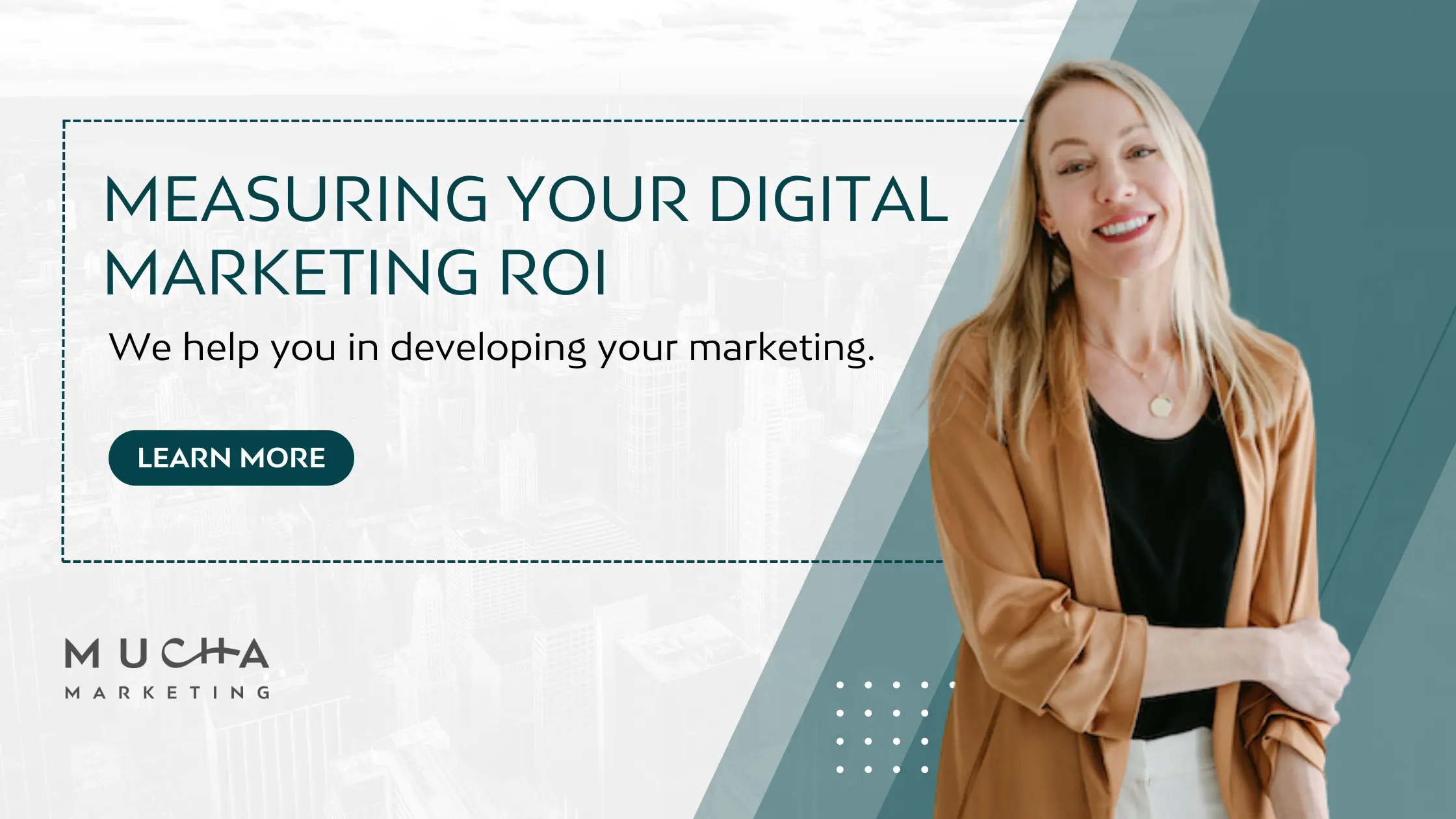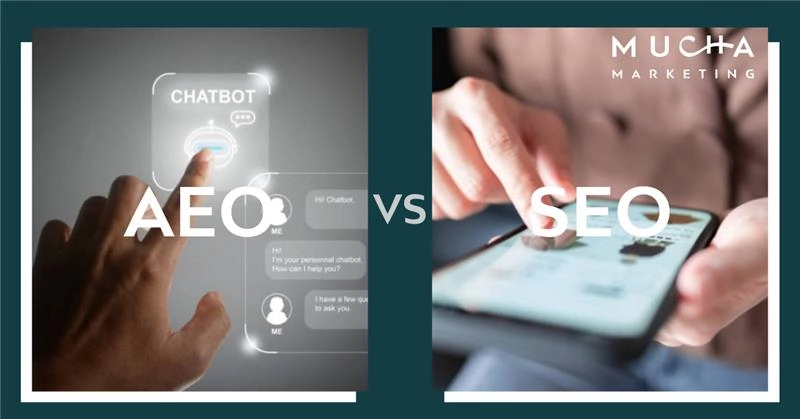
Understanding the return on investment (ROI) of our marketing efforts is essential for company success in today’s digital environment. Finding and monitoring the appropriate metrics that accurately represent how our tactics are affecting our bottom line is crucial as we traverse the complicated world of digital marketing. In this in-depth tutorial, we’ll examine the crucial indicators that each company should keep an eye on in order to accurately assess the return on investment from their digital marketing.
The Importance of Measuring Digital Marketing ROI
Let’s first explore the reasons why calculating return on investment (ROI) is so important in the field of digital marketing. Accurately monitoring our ROI allows us to:
-
- Make the best use of the money we have for marketing.
- Determine which campaigns and channels work the best.
- Give stakeholders a reason for our marketing spending.
- Make data-driven choices about your future tactics.
Keeping these advantages in mind, let’s examine the crucial indicators that will enable us to assess the effectiveness of our digital marketing initiatives.
Website Traffic Metrics
Organic Traffic
One of the most important measures of our website’s exposure in search engine results is organic traffic. We can gauge the success of our search engine optimization (SEO) activities by keeping an eye on the amount of people that arrive at our website via organic search results. Over time, useful insights into our organic traffic trends may be obtained using tools such as Google Analytics.
Referral Traffic
We can better determine which outside sources are bringing users to our website by looking at referral traffic. This measure is very helpful in assessing how well our collaborations and link-building activities are working. We can find ways to fortify our bonds with highly productive referrers and investigate new business ventures by examining the sources of referrals.
Direct Traffic
Visitors that arrive at our website directly through bookmarks or by putting the URL into their browser are referred to as direct traffic. Strong brand recognition and devoted customers are frequently indicated by a rise in direct traffic. It’s crucial to remember, nevertheless, that technological tracking constraints may cause some direct traffic to be incorrectly ascribed.
Engagement Metrics
Bounce Rate
The percentage of visitors to our site that departs after just reading one page is measured by the bounce rate. A high bounce rate might mean that visitors aren’t getting what they expected from our content or that there is room for improvement in the user experience on our website. We can boost overall engagement and raise the possibility of conversions by attempting to decrease our bounce rate.
Time on Site
An important indicator of the caliber of our content and user experience is the average time on site. The likelihood that a visitor will interact with our brand and convert increases with their length of stay on our website. Our goal should be to produce interesting, educational material that entices users to browse through several pages and extend their stay on our website.
Pages per Session
The average number of pages visited in a session gives us information about how well we direct users through our website. A larger number of pages per session indicates that the site navigation and internal linking strategy we’ve implemented are keeping people interested and navigating through our material.
Conversion Metrics
Conversion Rate
Possibly the most important statistic for determining the return on investment from our digital marketing is the conversion rate. It shows the proportion of users who finish an intended activity, such buying something, completing a form, or subscribing to a newsletter. Through monitoring conversion rates in various campaigns and channels, we can determine which tactics are most successful in generating meaningful actions.
Cost per Conversion
The cost per conversion, or CPC, gives us an idea of how much it costs to get a new lead or client. We divide the whole amount we spend on marketing by the total number of conversions that are produced to get CPC. This measure is crucial for assessing how well our marketing campaigns are working and making sure we’re getting a profit.
Customer Lifetime Value (CLV)
A customer’s lifetime value is a forecast of the total amount of money they will likely spend with us throughout their business relationship. We may assess the long-term profitability of our marketing methods and make well-informed judgments on client retention initiatives by comparing CLV to our customer acquisition expenditures.
Social Media Metrics
Engagement Rate
The amount of engagement our material obtains on social media is gauged by its social media engagement rate. Likes, comments, shares, and clicks are all included in this. A high amount of engagement suggests that the material we provide has an impact on our audience and fosters brand recognition and loyalty.
Social Media Conversions
We can gauge the direct effect of our social media marketing efforts on our bottom line by tracking conversions from social media. We are able to link conversions to certain social media campaigns and platforms by utilizing UTM parameters and conversion tracking tools.
Follower Growth Rate
Although it isn’t directly related to ROI, keeping an eye on our follower growth rate can reveal how well our social media marketing tactics are working to develop our audience. A consistent rise in followers indicates that our engagement strategies and content are drawing in new prospective clients.
Email Marketing Metrics
Open Rate
The percentage of receivers who open our emails is shown by the email open rate. A high open rate indicates that our subject lines and sender reputation are working to draw in readers, even if it’s not a direct indicator of ROI.
Click-Through Rate (CTR)
The percentage of email recipients who click on one or more of the email’s links is measured by the email click-through rate. A high CTR suggests that the audience finds our email content interesting and relevant, which encourages them to visit our website and take action.
Email Conversion Rate
Email conversion rates measure the proportion of receivers who click through from an email and accomplish a desired activity, just like website conversion rates do. This indicator shows how our email marketing campaigns correlate with actual business outcomes.
Paid Advertising Metrics
Return on Ad Spend (ROAS)
Return on Ad Spend is an essential indicator for assessing our sponsored advertising campaigns’ efficacy. By dividing the amount of money made by advertisements by their cost, ROAS is computed. Our advertising efforts are producing a good return on investment when our ROAS is higher.
Click-Through Rate (CTR)
For sponsored advertisements, the percentage of viewers that click on our adverts is measured by the CTR. A high CTR indicates that our targeting and ad text are successfully pique the interest and attention of our target demographic.
Quality Score
For platforms like Google Ads, Quality Score is an important metric that affects both the cost and effectiveness of our paid advertising efforts. By improving our Quality Score through relevant ad copy, landing pages, and keyword targeting, we can reduce our cost per click and improve our ad positions.
Conclusion
Digital marketing ROI measurement is a continuous activity that necessitates close attention to many different variables. We may obtain important insights into the efficacy of our marketing tactics and make data-driven decisions to maximize our efforts by regularly monitoring and evaluating these key performance metrics.
Though these metrics offer insightful data, keep in mind that they should always be analyzed in light of our broader corporate aims and objectives. We can make sure that our marketing initiatives are generating actual, quantifiable value for our company by coordinating our digital marketing analytics with our overarching business plan.




